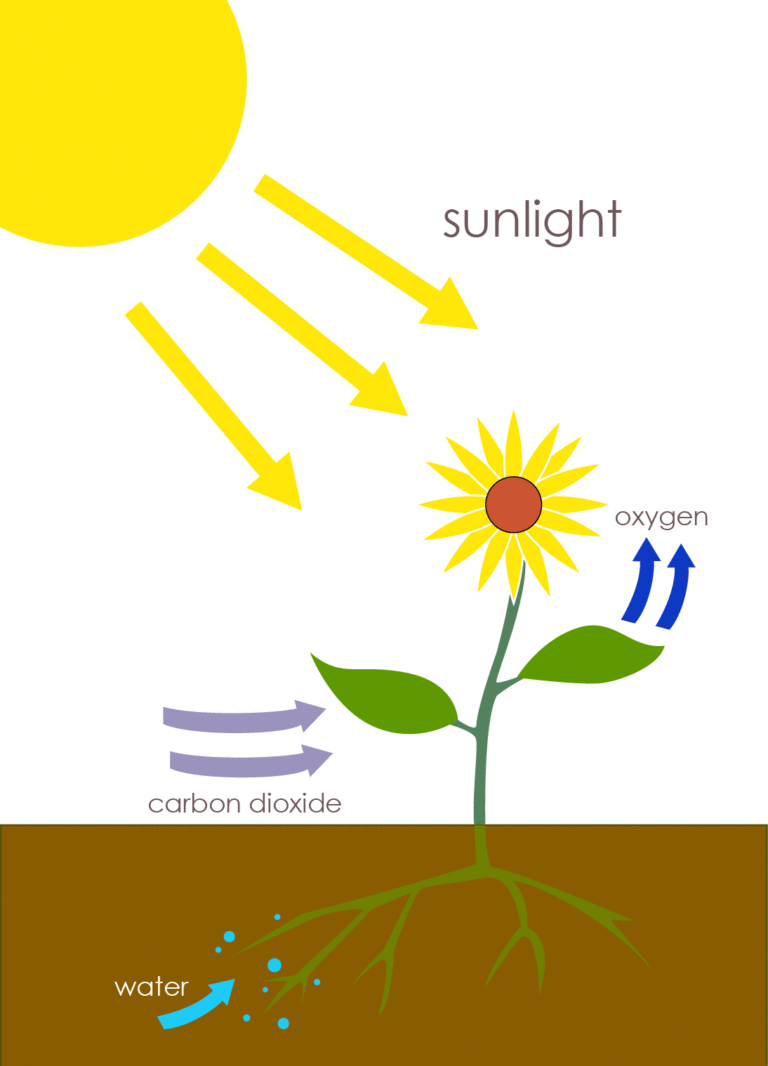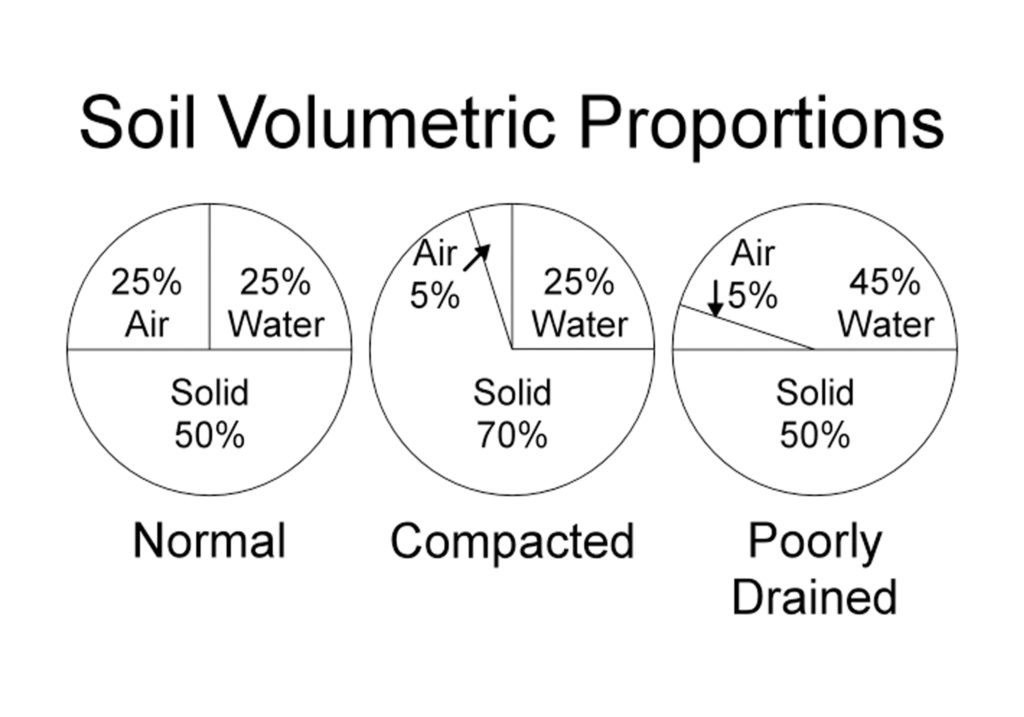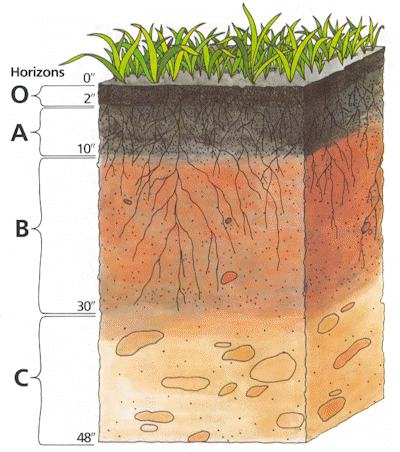Soil Oxygen
We all know that to grow healthy, vigorous crops we need to apply fertilizers. Fertilisers most often contain nitrogen, phosphorus and potassium. Sometimes it is necessary to apply secondary and micronutrients like calcium, magnesium, iron, manganese, zinc and others. These elements are often called the fertiliser nutrients. Levels of these nutrients can be determined by laboratory soil testing and nutrient amendments made as indicated by the test results.

However, what is often forgotten are the three most important elements for plant growth CARBON, HYDROGEN and OXYGEN. Carbon and oxygen are taken up by the leaves for photosynthesis in the form of carbon dioxide (CO2). Plants take up hydrogen and oxygen as water (H20). What is rarely understood is that plant roots also need oxygen (02) for growth and nutrient uptake.
Roots take up oxygen and give off carbon dioxide just as animals do when breathing. So, where does oxygen come from? It comes from the soil air, which originates from the air above it. Soils must be able to “breath” in and hold enough oxygen in the soil air for roots to grow and function properly.
The figure below shows what is commonly the condition of soil air in cropland soils:

The first figure (NORMAL) shows the make-up of a volume of soil that is “ideal” for plant growth. Soil solids (minerals and organic matter) occupy about 50% of the normal soil volume. The remaining 50% of the volume of a normal soil is open pore space. Ideally, about half of the pore space is filled with air and the other half with water. This pore space provides the ideal amounts of oxygen and water for healthy crop growth.
The second figure (COMPACTED) shows a very common situation in field soils. Compaction causes these soils to have fewer and smaller pore spaces. These pores do not allow air and water to easily move into and out of the soil. Compaction from repeated cropping is the main cause of soil compaction in field soils. Over-use, excessive irrigation and heavy agriculture equipment are also contributing factors. Clay soils and wet soils compact more easily than sandy or drier soils.
The third figure (POORLY DRAINED) shows another very common problem in crop soils. Poorly drained soils can result from excessive rainfall or irrigation or they can simply be in low-lying areas of the field. Clayey soils usually have poorer drainage than sandy soils. Field areas that collect rainfall or are over irrigated will typically be poorly drained. Compacted soils tend to drain poorly. And, since moist soils are more prone to compaction than drier soils, poor drainage can lead to increased compaction.
It is important to recognize that both of these common soil problems cause LOW SOIL AIR. Crop roots will not grow into soils that lack air. Crop roots in a compacted soil will be shallow and spread near the surface where there is still some soil air. Shallow rooted weedy plants usually take over in these areas or they simply remain bare.

Often, field crops will not respond to fertiliser applications, especially nitrogen, when there is a lack of soil air. This is because:
- There are fewer roots to absorb the nutrients.
- Lack of oxygen also prevents roots from making the energy needed for nutrient uptake.
- In addition, soil microorganisms need oxygen to recycle some of the important soil nutrients needed by the plants.
Corrective steps are often difficult. In highly compacted situations, frequent, deep aeration through soil tillage is the only corrective method. If the compacted layer is near the surface then effective aeration can be achievedby repeated shallow tilling. In some situations, soil modification by ploughing in crop residues and organic matter prior to crop planting can reduce the potential for soil compaction.
It is important to remember that deep, vigorous root systems are the key to healthy and productive crops. The nutrient most likely limiting in continuous-use crop soils for a deep, vigorous root system is OXYGEN contained in the soil air. Probing the soil and observing for difficulty of penetration or excessive soil wetness provides the best indication that soil oxygen is the missing nutrient.
Based on an article By Dr. Charles H. Darrah, Consulting Agronomist
- +65 98522454
- info@pranasaara.com
Icons from www.flaticon.com

